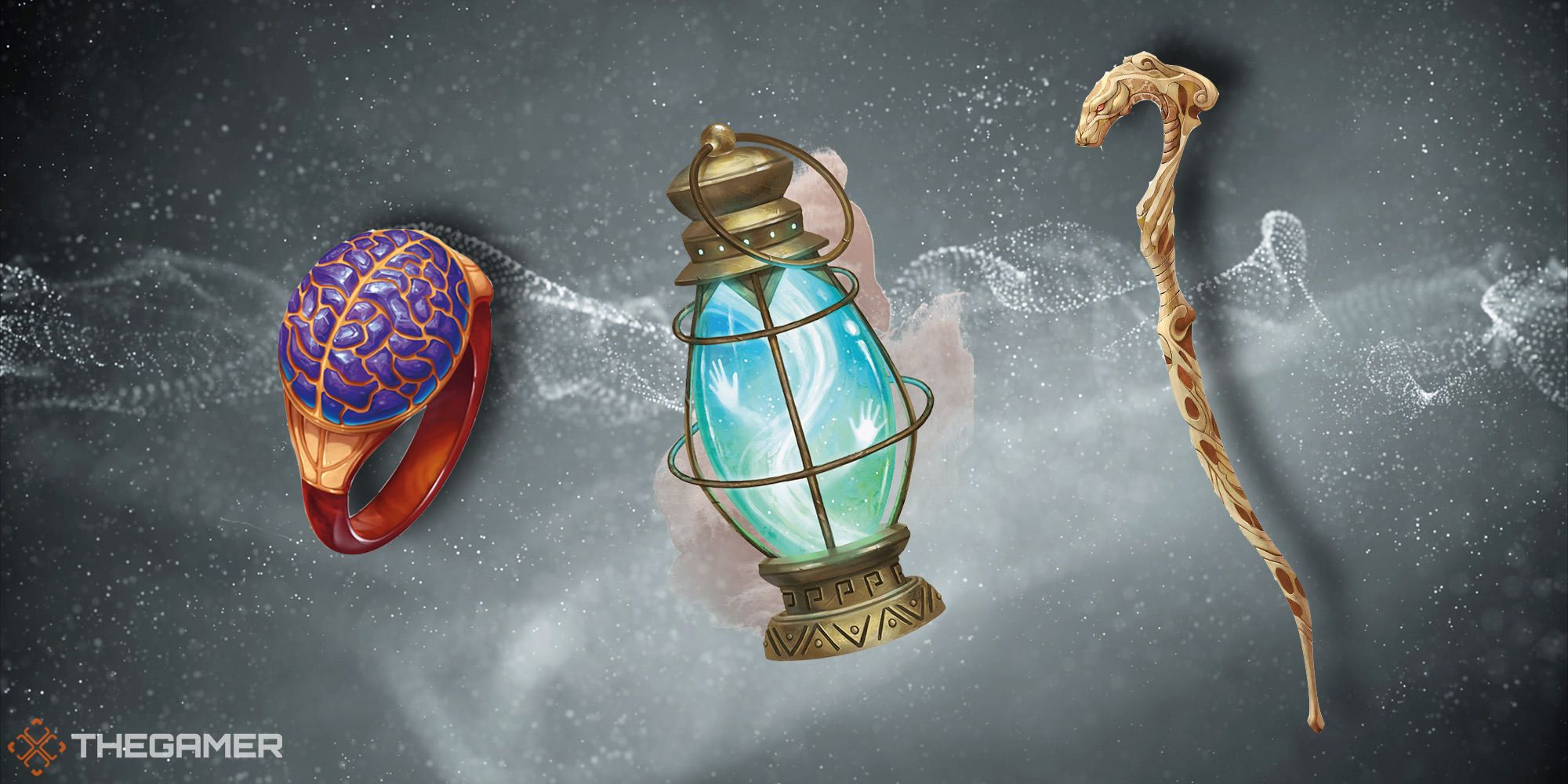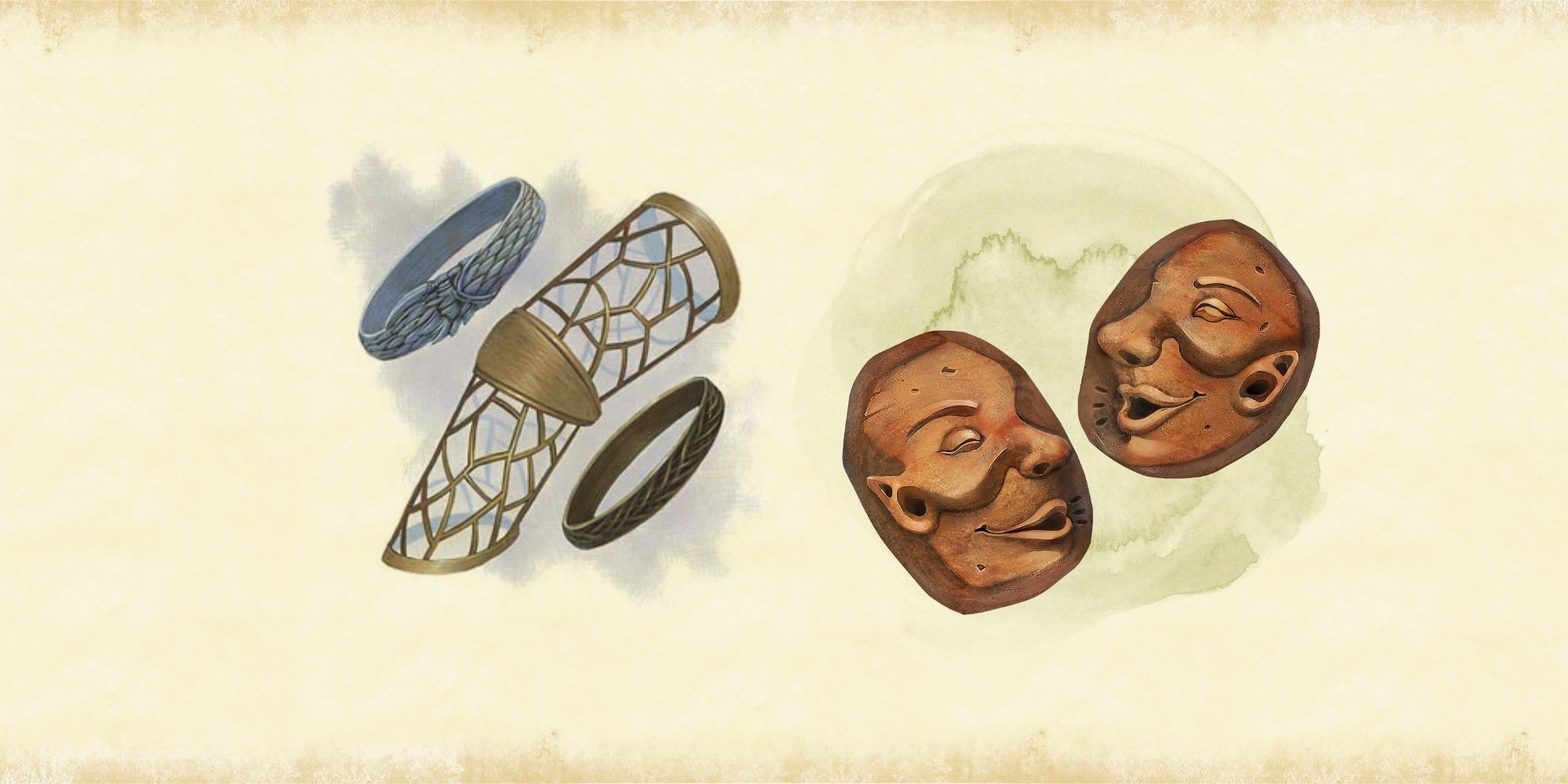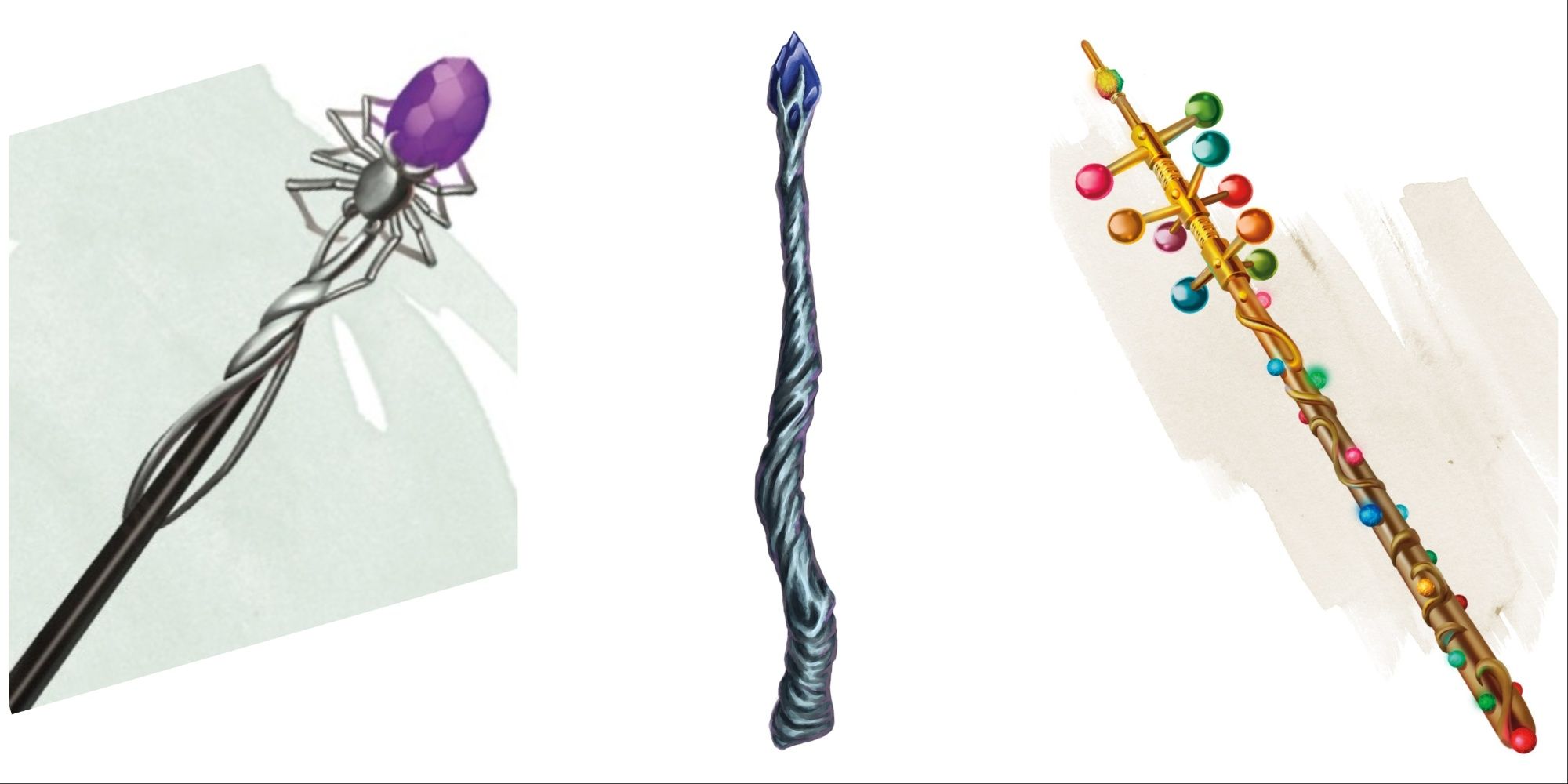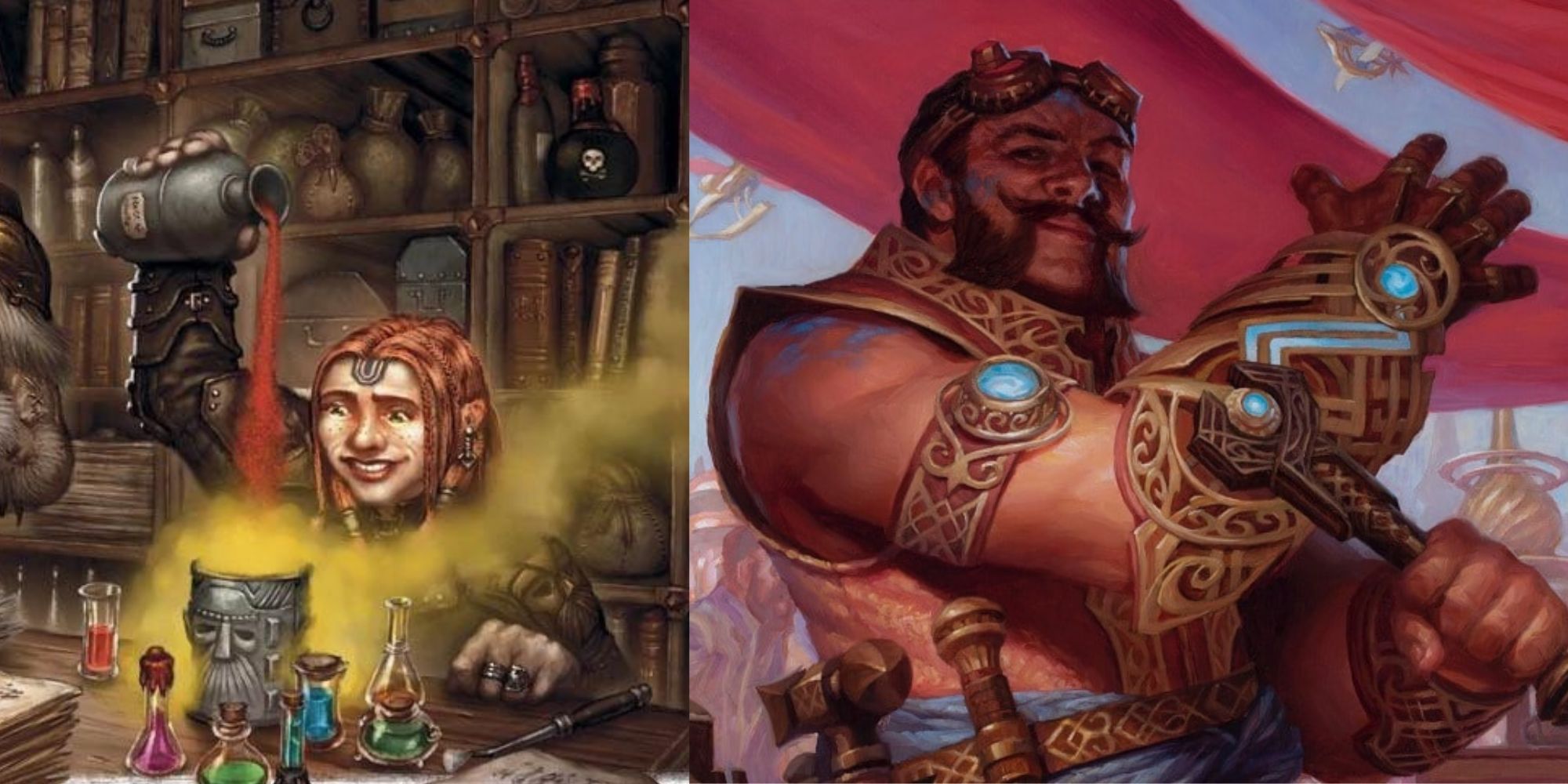A well-made homebrew item can tell a story, both through its history and how the players use it.
Because sometimes things get out of hand.
Designing a homebrew item can be a challenge.

It also needs to be balanced but distinct from the existing items in your world.
From here, it’s easy to move onto wondrous items.
Magical items that fill out a world but don’t have a strong gameplay impact.

via Wizards of the Coast
Heward’s Handy Spice Pouch conjures small amounts of non-magical material.
Would it be any more valuable if you applied the same effect to an inkwell that summoned different pigments?
Neither version is going to slay dragons, so there is little harm.

via Wizards of the Coast
When making a magic item, consider a goal or need it was designed to fulfill.
This makes it easy to tie into a story and character, as well as make it unique.
A game focused around finding shapeshifters mightgrant the party an item that casts zone of truthor even truesight.

They still need tofind the best times to use it, creating a new puzzle.
A conquest paladin might wield asword that gains bonus damage against enemies they’ve intimidated.
A fey warlock might gain a focus that grants themone daily spell within their patron’s theme.

Items that solve an in-world problem
Sometimes it just makes world-building sense to have magic solve a problem.
The security in a bank vault should probably havesome way of detecting invisible thieves.
The biggest one is attunement,capping the number of items a character can use at once.

Hand of Vecna by Irina Nordsol
Knowing what restrictions to put on a magic item is an important part of balancing it.
Restrictions
DM Notes
No Limits
Niche items with situational usesgenerally don’t need any limitations.
Items that form part of a character’s progression also don’t need a limitation.

The cap of water breathing is only useful underwater.
+1 swords don’t have attunement requirements unless they have additional features.
Even then,an unattuned Holy Avenger is still a +3 sword.

Attunement
Items that give anypersistent boost should have attunementas a limiting factor.
Rechargeable
Items that fill a gap in the teamwork best if they’re limited in use.
This makes the gaps still felt.
Class Locked
Some items would be unbalanced if used by the wrong people.These are locked to specific classes.
Staves with healing spells aren’t usable by wizards or sorcererswho aren’t supposed to heal.
External Cost
Some magic items require the player to pay a cost using other resources.
This allows the magic item to provideextra options but not extra power.
The armor of vulnerability givesresistance to one damage bang out in exchange for two vulnerabilities.
This might be worth using for a fight against a specific enemy who favors one weapon key in.
Narrative Trade-offs
These cursed items impose roleplaying costs in exchange for mechanical powers.
The main goal in designing cursed items is to keep the trade-offs balanced.
Because you spend enough time on the campaign as it is.